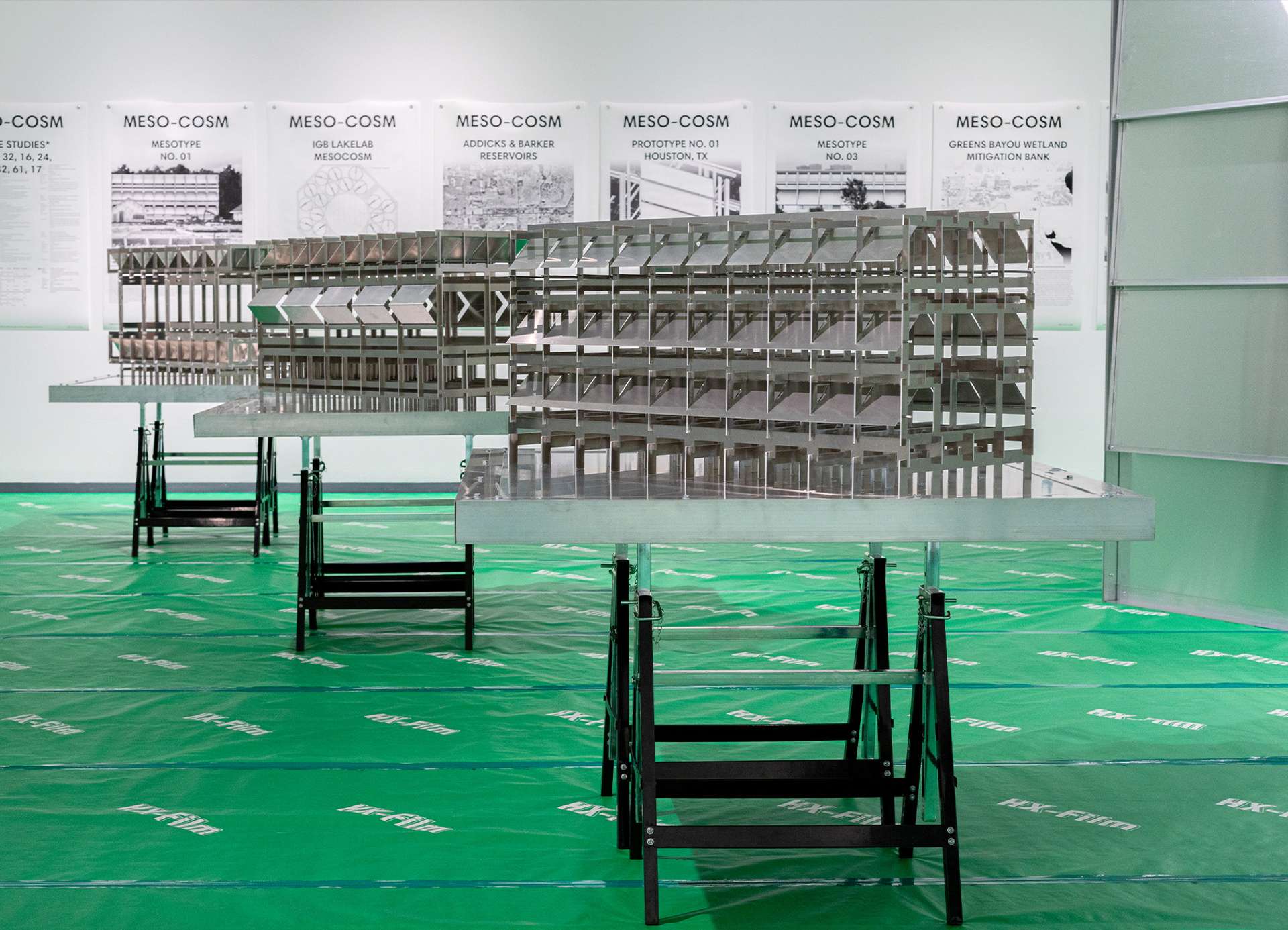Focusing on Singapore, Annabelle Tan’s thesis explores the dominant constructions of 'tropicality' through the lens of modern infrastructure in three distinct chronological modes: colonial, post-colonial, and contemporary. Developed at the Bartlett School of Architecture, her project investigates and redefines “tropical worlds” and their socio-natural relationships, highlighting alternative “tropicalities” often overlooked by the dominant discourse.
KOOZ How does the project understand and define the general concept of “tropicality” in the context of Singapore?
ANNABELLE TAN The project understands “tropicality” as a colonial and neocolonial genealogy of epistemologies and institutions that have dehistoricised, depoliticised and desocialised ideas and perceptions of tropical regions, leading to paradigms of “truths” that rule how we should build, live and dwell. As such, there is no one definition of “tropicality”. The project’s basic ambition is to explore and uncover alternative and resistive “tropical worlds” that are once again sensuous, convivial and culturally entwined. Only by breaking down dominant notions of “tropicality” can we begin to enter a more productive discussion on “post-tropicality”. In the context of Singapore, “tropicality” stems from our colonial past and further intermingles with our post-independence search for national identity. It has shaped our self-image of a “small island-nation with limited resources”—a dangerous compulsive identity based on notions of scarcity. I propose to rework this scarcity into a landscape of socio-natural affordances.
The project’s basic ambition is to explore and uncover alternative and resistive “tropical worlds” that are once again sensuous, convivial and culturally entwined.
KOOZ Spanning 4.2km, the scheme is a socio-ecological continuum which seeks to link a threatened forest to a recognised nature reserve whilst shaping a new imaginary towards productive and performative dwelling practices that synthesise nature and culture. How does the project respond to the conditions and necessities of the natural site?
AT There are 8 typologies of design proposals that respond to different residential typologies, “natural” features and community uses along the stretch between Tengah forest and the nature reserve. To create an ecology of materials, skills and people, some of these typologies relate to material harvesting and processing. This is the case in the bamboo workshops, which also double as gardens. Each typology has its own role to play within the larger imagined, post-tropical landscape. I also tried to create an alternative to standard ways of doing things, like housing or power-generation, resulting in typologies that have multiple functions, varying forms but with a similar underlying logic of construction.
Each typology has its own role to play within the larger imagined, post-tropical landscape.
KOOZ What are the advantages of this intervention?
AT Fundamentally, the basic premise reclaims a stretch of road for housing and community uses instead of clearing a precious forest only to then erect a self-proclaimed “eco-town”. The linear scheme also acts as a inhabitable eco-corridor which links the saved forest to a larger nature reserve, achieving the double ecological objective of preserving a forest and linking up ecosystems. On top of these basic ecological and planning goals, the scheme is a monumental infrastructure that stages a new intimacy between people and nature, production and consumption, resource and environment. For me, that is the most radical advantage of the project. As an infrastructure that curates and mediates everyday dwelling, it has the power to reconstruct these basic relationships and daily practices. The monumentality and visible diversity of the scheme along its length also helps construct a new imaginary of post-tropical living. Just as the engineering feats of the highway symbolised the age of the automobile, the project sees a need for a new kind of infrastructure to signal the nascent age of “post-tropicality”.
Architecture that is conceived as one with nature starts to become increasingly localised and self-sustainable, focusing on vernacular construction, wisdom and practices.
KOOZ Your project seeks to re-imagine the relationship between nature and building. Which are the greatest opportunities that can arise if we think of architecture as something different than a discipline which extracts and imposes itself on natural ecosystems?
AT Architecture that is conceived as one with nature starts to become increasingly localised and self-sustainable, focusing on vernacular construction, wisdom and practices. Not only does this begin to answer the pressing challenges of the climate crisis we all face, but also frees us from the expectations of “global forces” and the traps of capitalism. Architecture will only be able to be “symbiotic” with nature if we are ready to eschew universal expectations of what a modern house, office tower, hospital, school and national icon look like. Perhaps this beckons a new age of true critical vernacularism, but this also comes with much economic and social reform; how we live and how we build is ultimately tied to the same fate.
Bio
The role of an architect goes beyond the individual building and certainly beyond the physical; Annabelle has a keen interest in city-making and its relation with socio-political systems, ranging from dominant regimes to everyday practices. Her masters and undergraduate projects, undertaken at the Bartlett School of Architecture, explore and narrate experimental ways of living that critique our relationship with nature and one another, merging both past cultures, present urban conditions and future technological systems. She grounds her design methodology in both technical investigations as well as ethnographic research and architectural writing. Her projects in both design and writing have won numerous awards, most recently winning the RIBA 2022 Silver Medal for design and dissertation.





